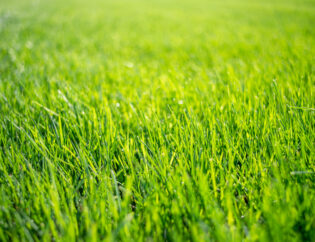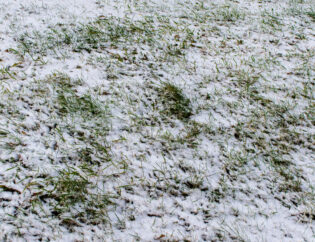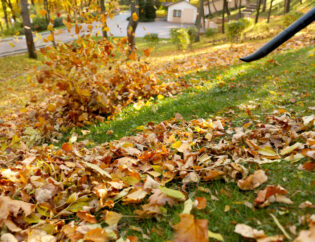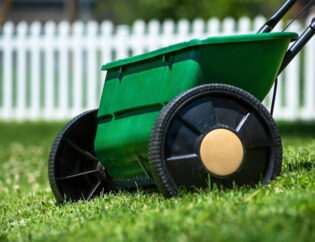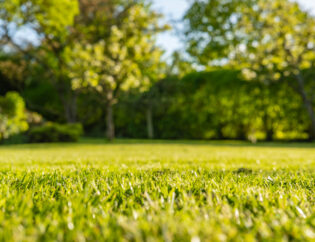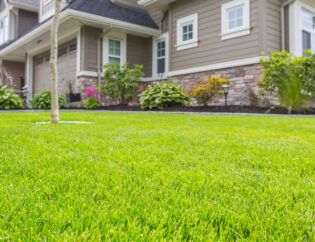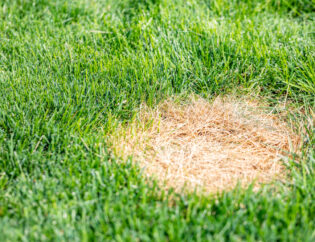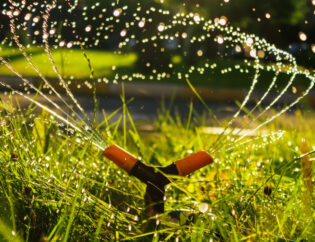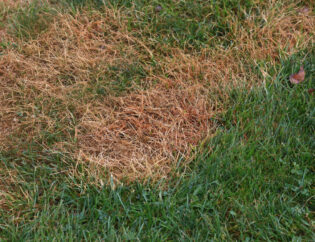
Spring has sprung, but your lawn may not have gotten the memo. If you enjoy a green lawn, there are steps you can take to bring it back to life once the temperatures begin to warm. Contact us for more advice about lawn care in Bucks County PA!
Rake the Yard
The first thing you’ll want to do is rake, or dethatch, your yard. You’ll need to remove leaves and matted clumps of grass. It’s also important to remove thatch, which consists of leaves, roots, and dead grass. This can create a barrier between healthy grass and the soil, making it harder for your grass to take in needed nutrients.
You’ll want to do this before the first mow. Today, dethatching machines are common. However, most lawns simply need to be dethatched with a spring rake. You don’t want to remove all the thatch, because it contains beneficial nutrients and microbes.
Aerate Your Lawn
You’ll also want to aerate your lawn with a core aerator. Aerating your soil reduces soil compaction, so your grass can thrive.
Cool-season grasses should be aerated in the early spring or fall. Warm-season grasses can be aerated in late spring or early summer. If you have clay soil or high-traffic areas, this should be aerated once a year. Other areas can be aerated once every 2 or 3 years.
Mow Your Lawn
Cutting your grass early in the spring can actually wake it up and stimulate growth. You can cut the grass one or two notches lower than you typically do to boost its growth. It’s ok to leave grass clippings on your lawn. However, if it begins to form a thick layer, you’ll need to remove the clippings with a rake.
Fertilize
Once you’ve mowed your yard a few times, it’s ready for fertilizer. If you apply the fertilizer too early, you’ll inadvertently feed the weeds instead of your grass.
If you have crabgrass, you’ll want a fertilizer that has a crabgrass preventer. You may need to wait a few weeks after applying to apply weed killer. If broadleaf weeds are your concern, you can use a weed and feed product. Water the lawn before applying, and be sure there are a few days without rain before applying.
Once your lawn is thriving, the grass should crowd out the majority of weeds. Using the right fertilizer in spring can give your grass the start it needs, without triggering lots of weed growth.
Balance the pH
Spring is the perfect time to test your lawn’s pH. Most grasses thrive with a pH of 5.8 and 7.2. If your lawn is too acidic, it will inhibit the growth of your grass. Acidic soil can also cause moss, disease, weeds, and insects.
You can check the pH of your soil with a pH test kit. Once your lawn is in the optimal range, you can test once every 3 years. You can lower the pH of your lawn with lime. Be sure to read the directions on the lime to apply it correctly.
Water Your Lawn
Pennsylvania typically gets 42 inches of rain a year. Despite this, you’ll need to water your lawn in the spring, and throughout the summer months. Water your lawn deeply once a week starting in the spring, and continue into the fall.
Lawncare with EMC Lawncare
If you are looking for a fertilizing company in Montgomery County, PA, contact us at EMC Lawncare. Our services include aeration, dethatching, grub control, weed prevention and control, and fertilization.


